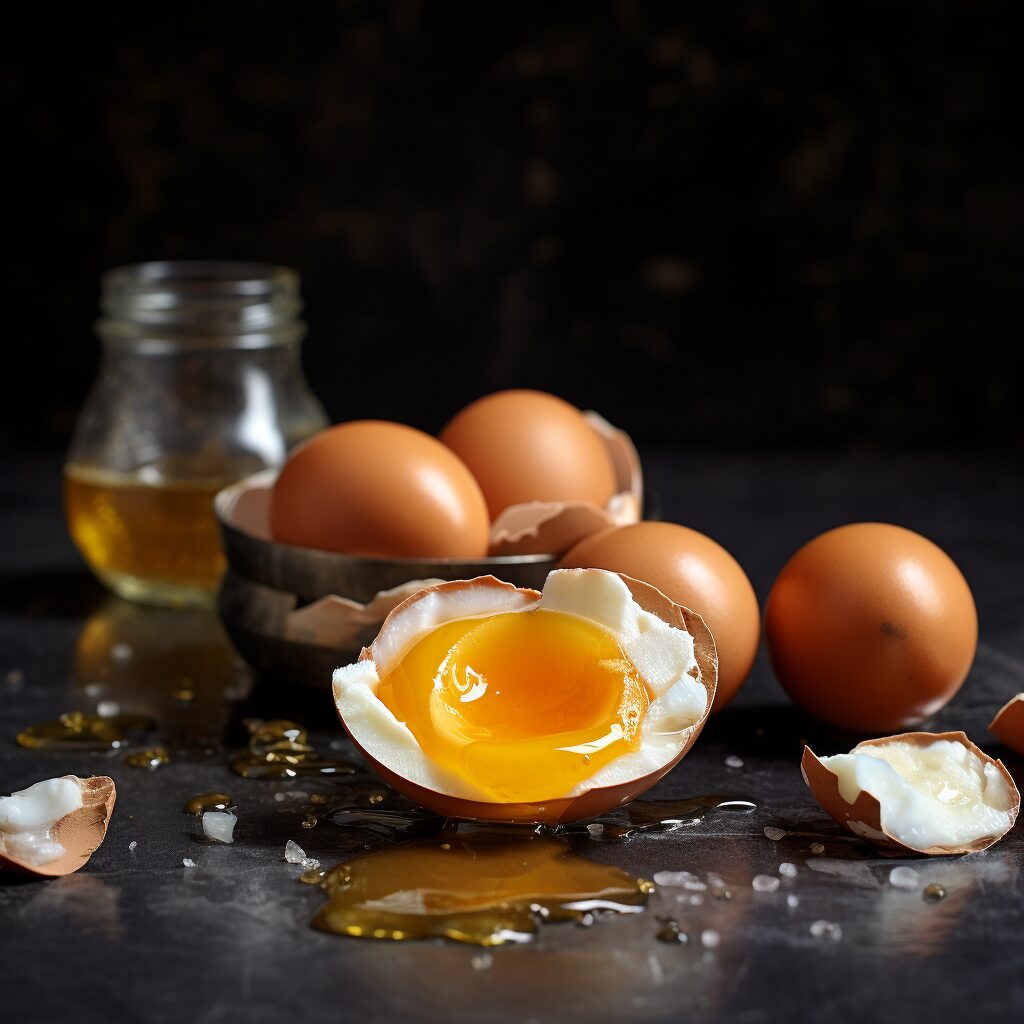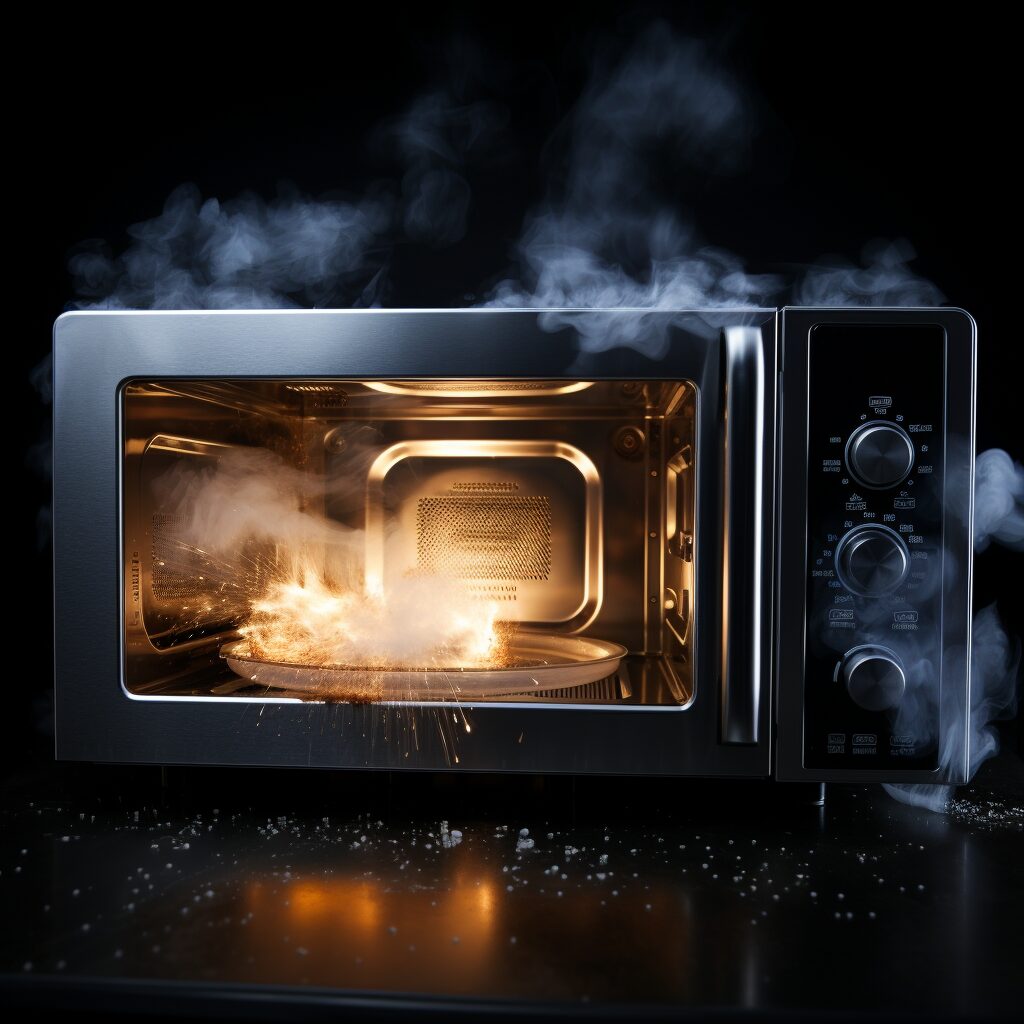The microwave stands as a monument to modern convenience, transforming how we prepare and reheat food. However, this kitchen powerhouse isn’t suitable for everything. Some foods can spark, explode, or become downright dangerous when zapped with microwave energy. Here’s what you need to know about foods that should stay far away from your microwave.
Raw eggs will create a spectacular mess

The seemingly innocent act of microwaving a whole egg can result in a startling explosion. The pressure buildup inside the shell creates a ticking time bomb that can detonate in your microwave—or worse, in your mouth.
Even previously cooked eggs suffer in the microwave. Reheated scrambled eggs turn rubbery, while frittatas become tough and chewy. Instead, warm eggs gently in a covered pan on low heat or place them briefly in hot water.
For morning meal prep, consider making fresh eggs or preparing them using traditional stovetop methods. Your breakfast—and your microwave’s interior—will thank you.
Grapes transform into dangerous plasma balls
It sounds like science fiction, but microwaved grapes can actually create plasma—a state of matter that appears as a glowing ball of energy. This fascinating but hazardous phenomenon occurs when halved grapes are placed in the microwave.
The concentrated electromagnetic fields between grape halves can ignite a plasma fireball. While it might seem like an interesting science experiment, it can damage your microwave and potentially start a fire.
If you need to warm grapes (though why would you?), room temperature or a brief swish in warm water works perfectly fine. Save the plasma experiments for professional laboratories.
Hot peppers release irritating fumes

Raw hot peppers in the microwave release capsaicin into the air, creating an invisible pepper spray that can irritate your eyes, nose, and throat. This effect becomes more pronounced with hotter varieties like habaneros or ghost peppers.
The volatile oils vaporize quickly in the microwave’s heat, spreading through your kitchen and potentially causing respiratory discomfort. This effect can linger in the air for hours after microwaving.
When working with hot peppers, stick to traditional cooking methods like roasting, sautéing, or grilling in a well-ventilated area. Your sinuses will appreciate the consideration.
Processed meats become worse for your health
Microwaving processed meats creates cholesterol oxidation products (COPs), which are more harmful than regular cholesterol. These compounds may increase the risk of heart disease beyond the typical concerns associated with processed meats.
Hot dogs can also spark in the microwave due to their uneven distribution of minerals and salts. This arcing effect might damage your microwave and result in unevenly heated food.
Instead, warm processed meats in a skillet or oven. This method provides more even heating and prevents the formation of potentially harmful compounds.
Breast milk and formula develop dangerous hot spots

Microwaving breast milk or formula creates uneven heating with dangerous hot spots that can scald a baby’s mouth, even if the bottle feels cool to the touch.
The microwave’s heating pattern can also destroy essential nutrients in breast milk. This degradation occurs even when using the defrost setting or warming for short periods.
The safest method involves warming bottles in a bowl of hot water or using a bottle warmer designed specifically for this purpose. Always test the temperature before feeding.
Plain water becomes a scalding hazard
Microwaved water can become “superheated” above its boiling point without showing any signs of bubbling. When disturbed, this superheated water can violently erupt, causing severe burns.
This phenomenon occurs more frequently in containers with smooth surfaces or when using highly filtered water. The risk increases with longer heating times and when using new or perfectly clean containers.
For hot beverages, use a kettle or pot on the stove. These methods provide visual cues for boiling and eliminate the risk of superheating.
Pasta dishes turn dry and rubbery
Reheating pasta in the microwave often results in a dried-out, rubbery mess. Creamy sauces separate, leaving an oily film, while the pasta itself becomes tough and chewy.
The uneven heating can also create cold spots in thick pasta dishes, while edges become overcooked. This problem becomes more pronounced with larger portions or layered pasta dishes like lasagna.
Revive pasta dishes on the stovetop, adding a splash of water or milk for cream-based sauces. This method allows better control over temperature and helps maintain the original texture.
Frozen meat turns tough and leathery
Attempting to cook frozen meat in the microwave results in an unappetizing exterior while the interior might remain dangerously undercooked. The outer layers become tough and leathery before the center thaws completely.
This uneven cooking creates perfect conditions for bacterial growth in the partially cooked areas. The texture becomes increasingly unpalatable as you continue cooking to reach a safe internal temperature.
Plan ahead and thaw meat in the refrigerator overnight. For cooking, use conventional methods that provide consistent heat distribution throughout the meat.
Your microwave remains an invaluable kitchen tool, but knowing its limitations helps prevent cooking mishaps and potential safety hazards. When in doubt, traditional cooking methods often produce better results and maintain food quality. Remember that convenience shouldn’t compromise safety or taste.

